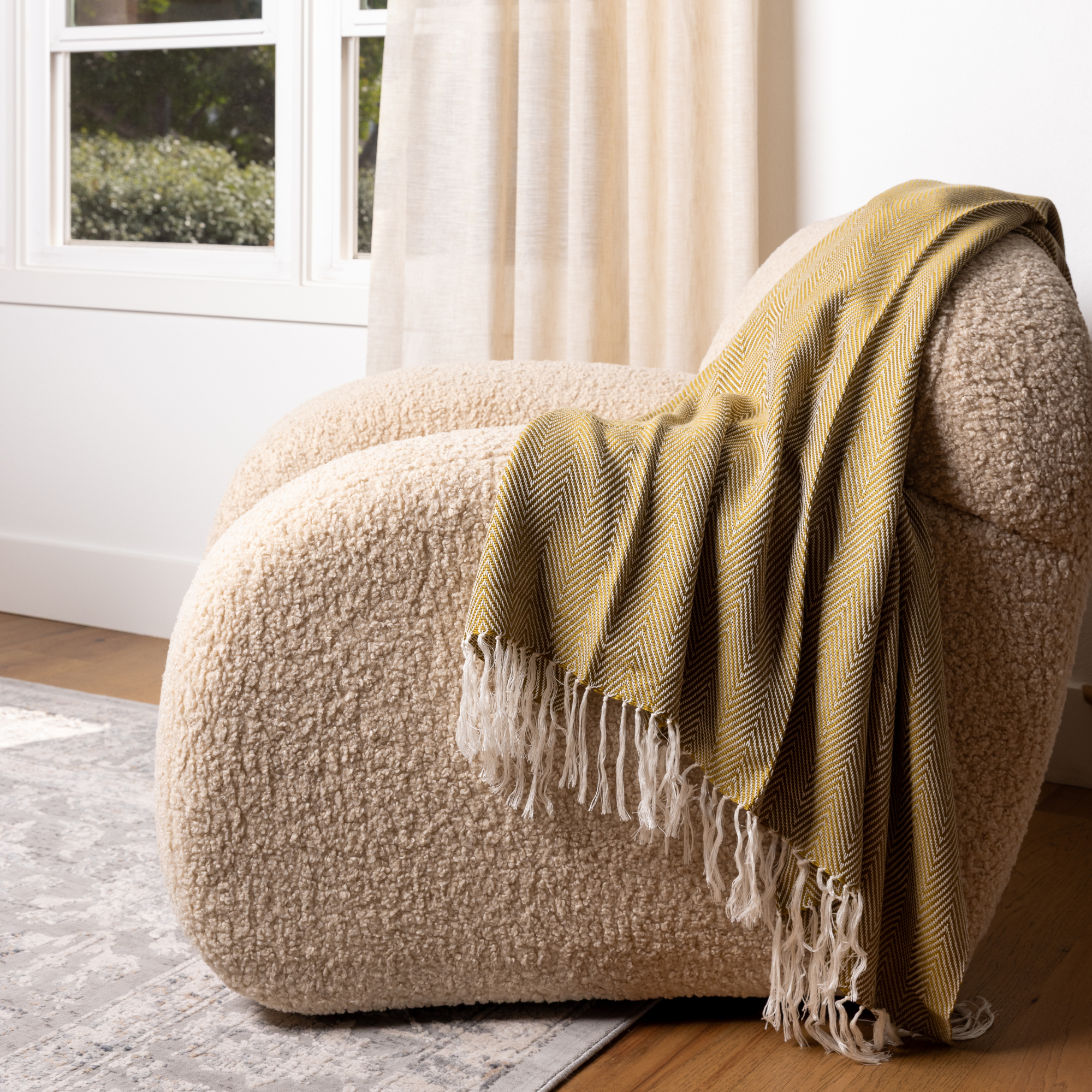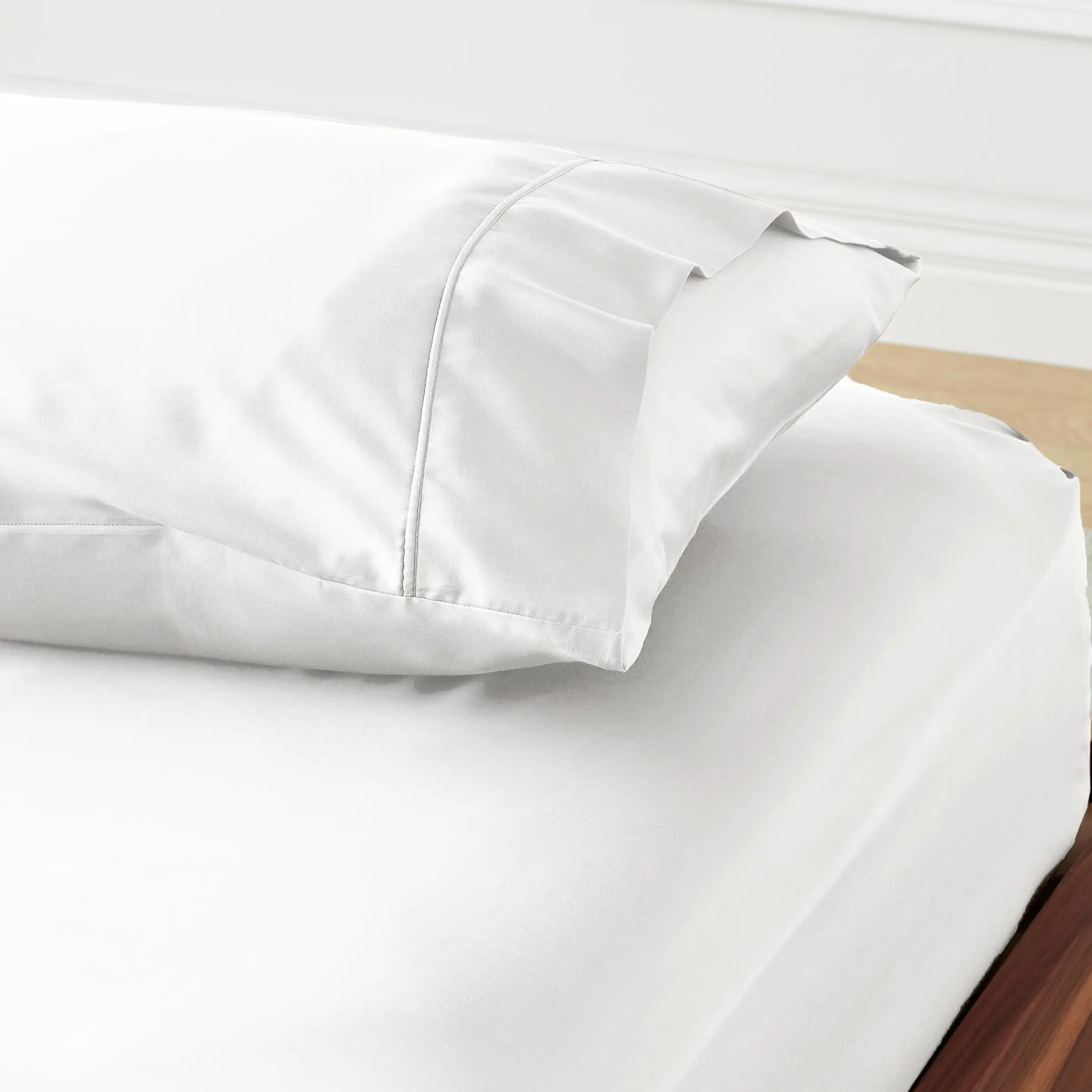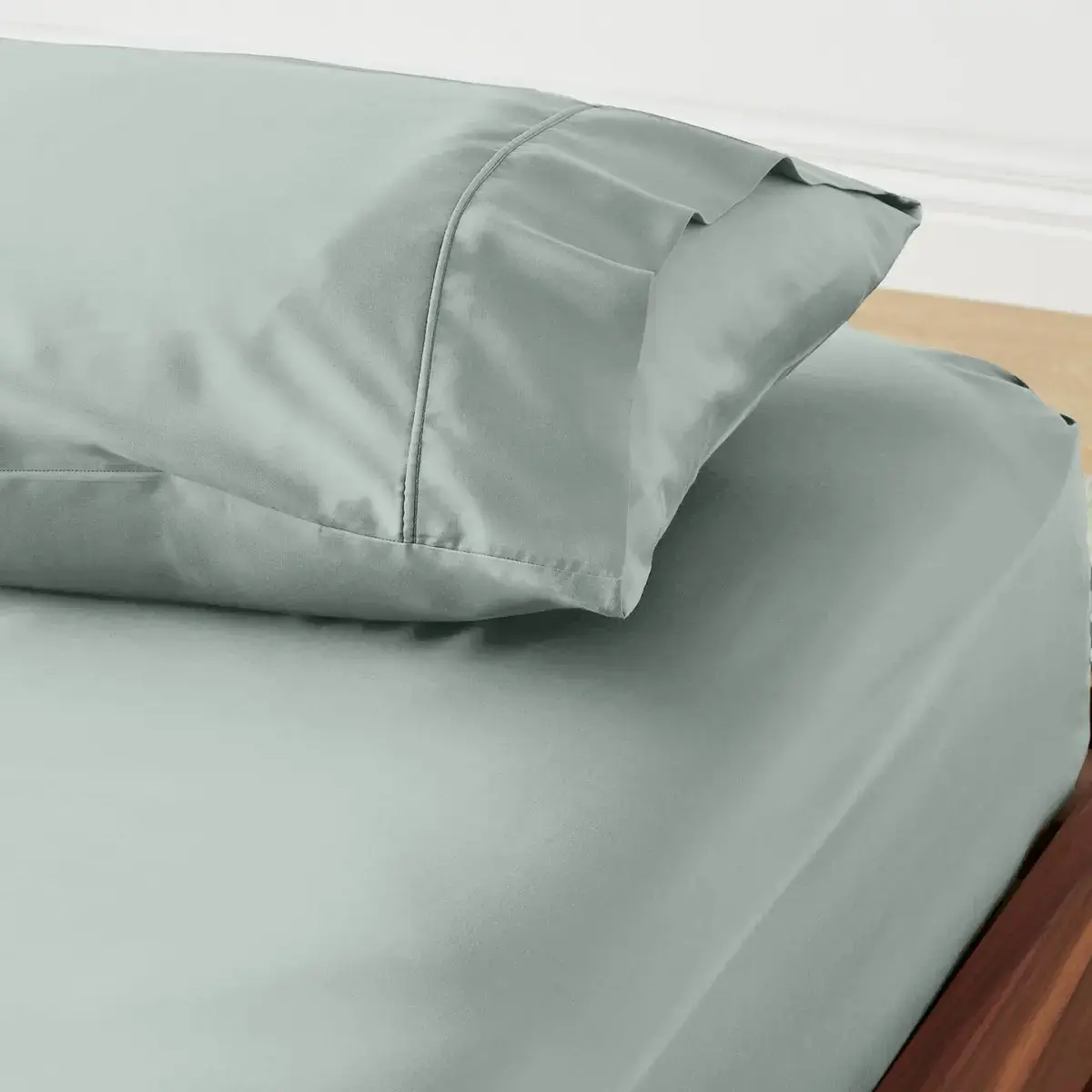Understanding Sleep Apnea and Its Symptoms
Sleep apnea is a prevalent sleep disorder that affects millions of people worldwide. It is characterized by repeated interruptions in breathing during sleep, leading to poor sleep quality, daytime fatigue, and a host of other health issues. As someone who has personally struggled with sleep apnea, I understand the importance of finding effective solutions to manage this condition.
One of the key factors that can impact the severity of sleep apnea symptoms is the quality of your bedding, particularly your bed sheets. The right bed sheets can make a significant difference in your sleep comfort and overall sleep quality. In this article, I'll share my insights on the best bed sheets to help ease sleep apnea symptoms and provide you with a comprehensive guide to finding the perfect bedding solution for a restful night's sleep.
The Role of Bed Sheets in Managing Sleep Apnea
Bed sheets play a crucial role in managing sleep apnea symptoms. The fabric, weave, and overall construction of your bed sheets can directly impact your ability to breathe freely and comfortably throughout the night. Certain materials and features can help promote better airflow, regulate body temperature, and minimize discomfort, all of which are essential for individuals with sleep apnea.
By choosing the right bed sheets, you can create a sleep environment that is more conducive to uninterrupted, restful sleep, and potentially alleviate some of the symptoms associated with sleep apnea, such as snoring, choking, and daytime fatigue.
Key Factors to Consider When Choosing Bed Sheets for Sleep Apnea
When selecting bed sheets for sleep apnea, there are several key factors to consider:
-
Fabric: The type of fabric used in your bed sheets can have a significant impact on your sleep quality. Breathable, natural fabrics like cotton, linen, and bamboo are generally recommended for individuals with sleep apnea, as they can help regulate body temperature and promote better airflow.
-
Thread Count: The thread count of your bed sheets can also affect sleep quality. While a higher thread count may seem desirable, it's important to strike a balance between softness and breathability. A thread count between 200 and 500 is typically recommended for sleep apnea sufferers.
-
Moisture-Wicking Properties: Bed sheets with moisture-wicking properties can help keep you dry and comfortable throughout the night, reducing the risk of skin irritation and discomfort that can exacerbate sleep apnea symptoms.
-
Texture and Softness: The texture and softness of your bed sheets can also impact your sleep quality. Opt for sheets that feel smooth and comfortable against your skin, without being too rough or abrasive.
-
Durability and Ease of Care: Consider the durability and ease of care for your bed sheets, as you'll want them to last and be easy to maintain over time.
Best Fabrics for Sleep Apnea Sufferers
When it comes to the best fabrics for individuals with sleep apnea, there are several options to consider:
-
Cotton: Cotton is a popular and widely-used fabric for bed sheets due to its breathability, softness, and moisture-wicking properties. It's a great choice for sleep apnea sufferers, as it can help regulate body temperature and promote better airflow.
-
Linen: Linen is another excellent option for sleep apnea sufferers. It is a natural, breathable fabric that is known for its cooling properties and ability to wick away moisture.
-
Bamboo: Bamboo is a relatively new player in the bedding market, but it has quickly gained popularity due to its exceptional breathability, softness, and moisture-wicking abilities. Bamboo bed sheets can be an excellent choice for individuals with sleep apnea.
-
Microfiber: While not a natural fiber, microfiber can also be a good option for sleep apnea sufferers. Microfiber bed sheets are lightweight, breathable, and can help regulate body temperature.
Thread Count and Its Impact on Sleep Quality
The thread count of your bed sheets is an important factor to consider when it comes to sleep quality and managing sleep apnea symptoms. While a higher thread count may seem desirable, it's important to strike a balance between softness and breathability.
A thread count between 200 and 500 is typically recommended for individuals with sleep apnea. A thread count that is too high can result in a heavier, less breathable fabric, which can exacerbate sleep apnea symptoms. On the other hand, a thread count that is too low may feel rough and uncomfortable against your skin.
By choosing bed sheets with an optimal thread count, you can enjoy the softness and comfort you desire while still maintaining the breathability and airflow necessary for better sleep with sleep apnea.
Breathability and Moisture-Wicking Properties of Bed Sheets
Breathability and moisture-wicking properties are essential features to look for in bed sheets when managing sleep apnea. The ability of your bed sheets to allow for proper airflow and effectively wick away moisture can have a significant impact on your sleep quality and overall comfort.
Fabrics like cotton, linen, and bamboo are known for their excellent breathability and moisture-wicking capabilities. These materials can help regulate your body temperature, prevent excessive sweating, and minimize the risk of skin irritation and discomfort that can exacerbate sleep apnea symptoms.
By choosing bed sheets with superior breathability and moisture-wicking properties, you can create a sleep environment that is more conducive to uninterrupted, restful sleep, ultimately helping to alleviate the symptoms of sleep apnea.
Recommended Bed Sheet Materials for Sleep Apnea
Based on the factors discussed, here are the top recommended bed sheet materials for individuals with sleep apnea:
-
Cotton: Cotton is a breathable, soft, and moisture-wicking fabric that can help regulate body temperature and promote better airflow.
-
Linen: Linen is a natural, lightweight fabric with excellent breathability and cooling properties, making it an excellent choice for sleep apnea sufferers.
-
Bamboo: Bamboo bed sheets are known for their exceptional breathability, softness, and moisture-wicking abilities, making them a great option for managing sleep apnea symptoms.
-
Microfiber: While not a natural fiber, microfiber bed sheets can also be a good choice for sleep apnea sufferers due to their lightweight, breathable, and temperature-regulating properties.
When selecting bed sheets, aim for a thread count between 200 and 500 to strike the right balance between softness and breathability.
Tips for Maintaining and Caring for Bed Sheets to Ease Sleep Apnea Symptoms
Proper maintenance and care of your bed sheets can also play a crucial role in managing sleep apnea symptoms. Here are some tips to help you keep your bed sheets in top condition:
-
Wash Regularly: Wash your bed sheets at least once a week, using a gentle, fragrance-free detergent to avoid skin irritation.
-
Avoid Fabric Softeners: Fabric softeners can leave a residue on your bed sheets, reducing their breathability and moisture-wicking properties.
-
Dry Thoroughly: Make sure to dry your bed sheets thoroughly, either in the dryer or by air-drying, to prevent the growth of mold or mildew, which can exacerbate sleep apnea symptoms.
-
Rotate Sheets: Rotate your bed sheets regularly to ensure even wear and tear, helping to extend their lifespan and maintain their optimal performance.
-
Replace Worn Sheets: Replace your bed sheets when they start to show signs of wear and tear, such as pilling, fading, or a loss of softness and breathability.
By following these tips, you can help maintain the quality and performance of your bed sheets, ensuring that they continue to provide the support and comfort you need for better sleep with sleep apnea.
Other Sleep Aids to Complement Bed Sheets for Managing Sleep Apnea
While choosing the right bed sheets is a crucial step in managing sleep apnea, it's important to consider other sleep aids that can complement your bedding and further improve your sleep quality. Some additional sleep aids to consider include:
-
Continuous Positive Airway Pressure (CPAP) Therapy: CPAP therapy is a widely-used and effective treatment for sleep apnea, as it helps keep your airways open during sleep.
-
Oral Appliances: Dental devices designed to keep your jaw and tongue in a forward position can also help alleviate sleep apnea symptoms.
-
Lifestyle Changes: Adopting healthy sleep habits, such as maintaining a consistent sleep schedule, creating a relaxing sleep environment, and managing stress, can also play a vital role in managing sleep apnea.
-
Positional Therapy: Devices or adjustable beds that keep you on your side during sleep can help reduce the severity of sleep apnea symptoms.
By incorporating a combination of high-quality bed sheets and other sleep aids, you can create a comprehensive and effective strategy for managing your sleep apnea and enjoying a more restful, uninterrupted night's sleep.
Conclusion: Finding the Perfect Bed Sheets for a Restful Night's Sleep with Sleep Apnea
In conclusion, the right bed sheets can make a significant difference in managing the symptoms of sleep apnea and helping you achieve a more restful night's sleep. By considering factors like fabric, thread count, breathability, and moisture-wicking properties, you can find the perfect bed sheets to create a sleep environment that is comfortable, supportive, and conducive to better sleep.
If you're struggling with sleep apnea and are looking for the perfect bed sheets to help ease your symptoms, I encourage you to explore the options recommended in this article. Remember, finding the right bedding solution is just one piece of the puzzle, so be sure to also consider other sleep aids and lifestyle changes to optimize your sleep quality. With the right approach, you can take back control of your sleep and enjoy the restful, rejuvenating nights you deserve.






























































































